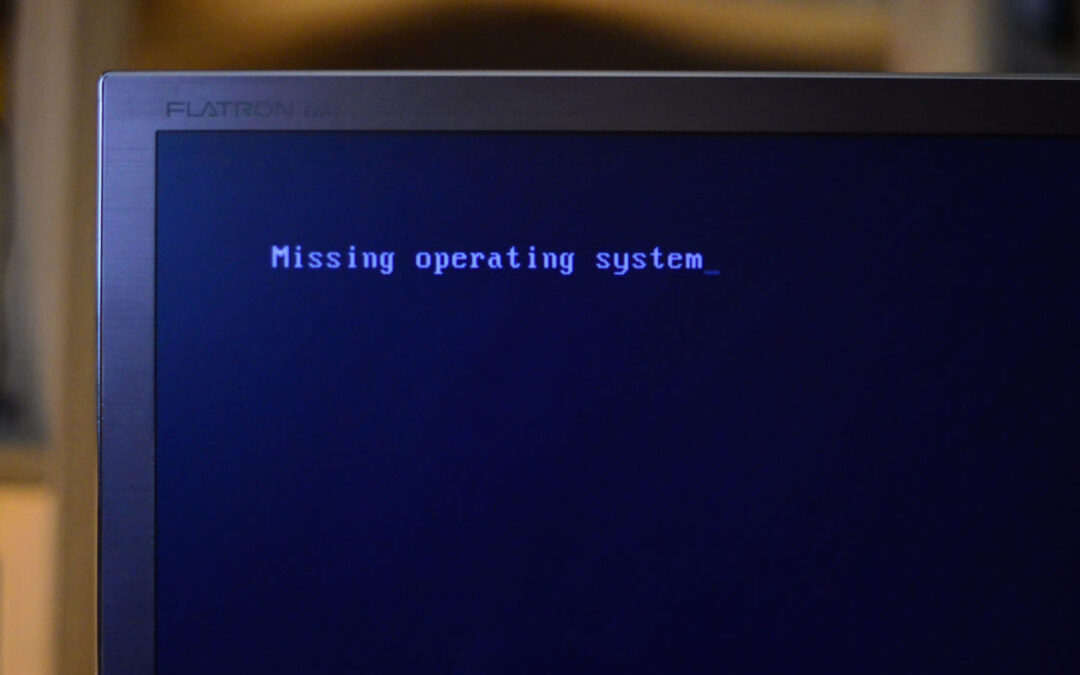Enterprise social networks have reached the stage of being a utility in some respects. They are becoming boring in their own right, which means the time is ripe to do interesting and innovative things on top. In this next stage of evolution, we need to stop thinking about ESNs as purely a collaboration tool. They are now powerful enough to serve as the basis for an organisational operating system.
As someone who has been working on the design, implementation and adoption of social platforms for many years, I now see social platforms as just the first step in a journey towards new organisational structures and working cultures.
The importance of the ESN
One of the most important functions of an ESN is to make it easier to develop the lateral connections that can overcome many of the limitations of a hierarchical and/or silo system. It does this by:
- creating new methods of communicating and collaborating;
- shortening or circumventing the official hierarchy of decision-making;
- creating networks which break down silos and connected people horizontally across the organisations to allow knowledge to flow more easily;
- creating a better ambient knowledge of the org;
- enabling people to work in different configurations regardless of geography; and,
- allowing experimentation with communities of practice, centres of excellence and other ad hoc structures.
Without these basic features of an organisational operating system, many of the new ideas, models and structures are much harder to implement, such as holacracy or John Kotter’s dual operating system.
It is on these basic functional foundations that organisations can start to build new organisational capabilities such as:
- making data more accessible and social, therefore improving quality and usage;
- making the collective intelligence of the network easy to assess for all employees, leading to higher quality decision-making;
- making information easy to find, therefore removing any imbalance or asymmetry in knowledge haves and have nots; and,
- enabling truly transparent decision-making, allowing the reform of current annual activities such as business planning, budget allocation and resource allocation.
An organisational operating system is, at the most basic level, the way an organisation’s people, processes and technology work together as a single system to get things done.
In the current model of change, where new ideas are bolted on to an already existing organisational operating system, it is common for these individual changes to get killed off by the organisation’s immune response to new things that threaten the status quo. By rebooting the basic way things get done, an organisation can change, or at least dampen, this response.
Once people are connected and can find each other, create groups to collaborate or share knowledge and begin to run basic use cases within the platform, then it is likely that new practices and ways of working will emerge.
But to really begin to transform the business, you need to surround or support key processes and workflows with the social platform, which often requires integration with systems of record or possibly the piping of data into the social platform, where people can access it and discuss any issues arising from it.
But perhaps the most useful feature of ESNs as the basis for a business operating system is the way they enable the whole workforce to become involved in continuous improvement of the business and its structures and processes – seen by McKinsey as the key to successful change.
One of principle methodologies at Post*Shift is how to help organisations engage in agile, measurable transformation (what we call The Quantified Org), and in this context, an ESN connecting employees and allowing them to feed back on progress is vitally important.
So, establishing an ESN or social platform is only the beginning. It will not magically transform your organisation. But by using an ESN as a base layer for more value-added process and use case support, organisations can indeed begin to create their own business operating system to support employees in getting their work done in smarter and better ways.
Further reading
- Does Your Enterprise Network Deliver Business Value?
- The 8 Components That Drive High Enterprise Social Adoption
- Key Characteristics of Mature Social Platform Implementation
- How Leadership and Live Events Can Support Social Network Adoption
- CEOs Should Listen More, Speak Less On Enterprise Social Platforms
Services

